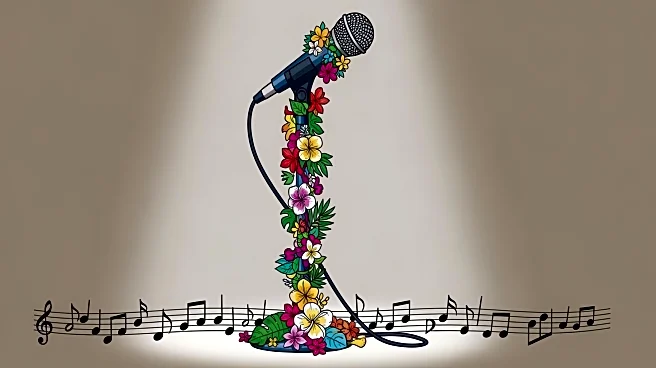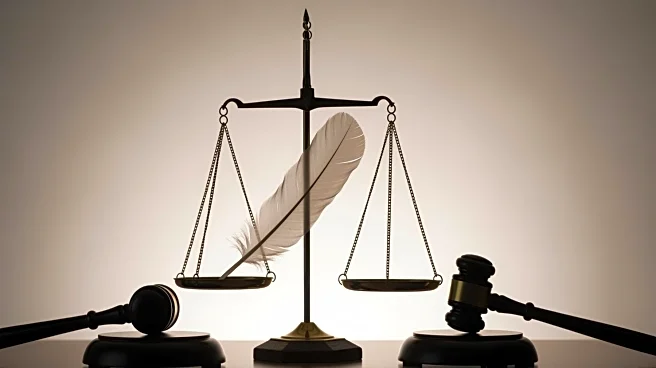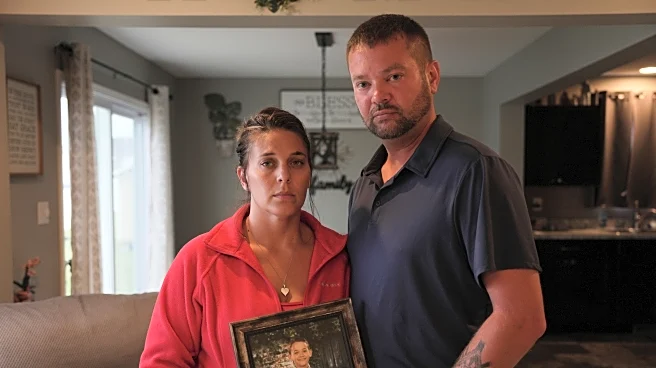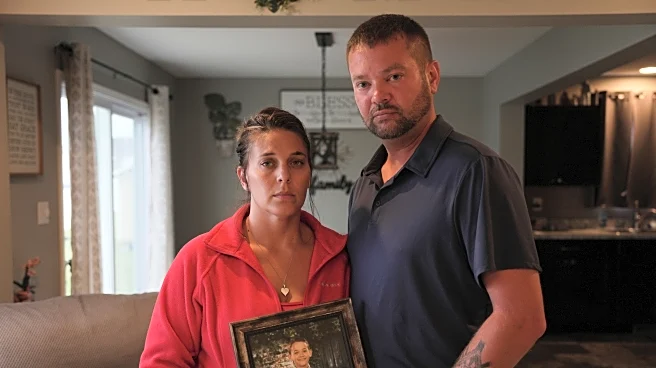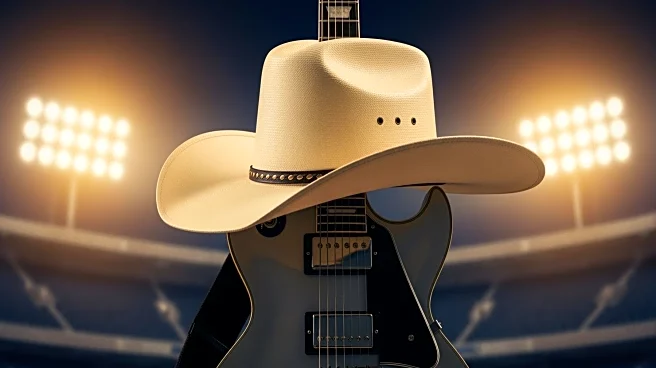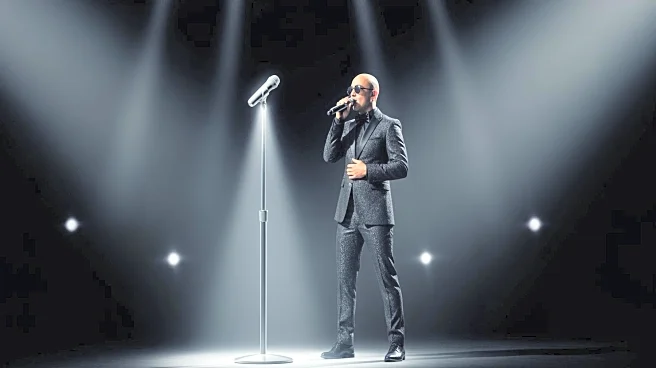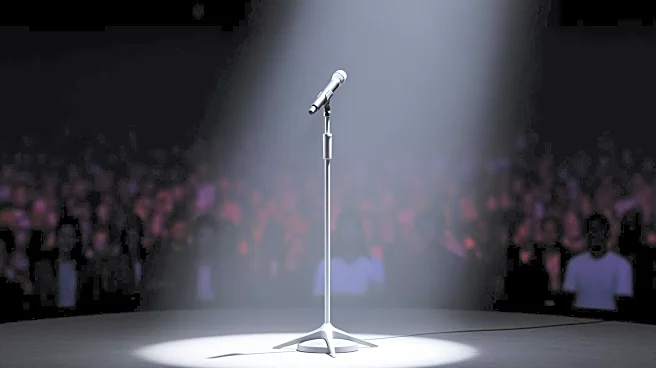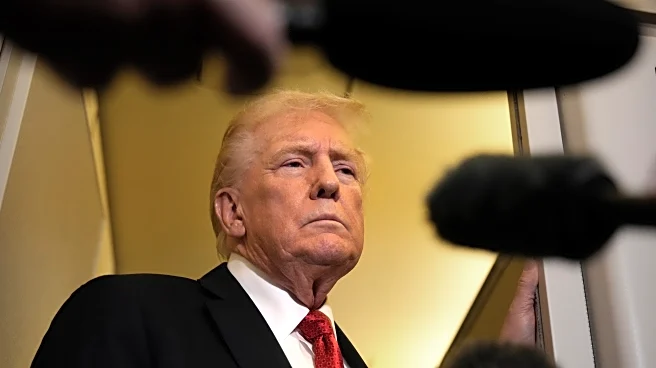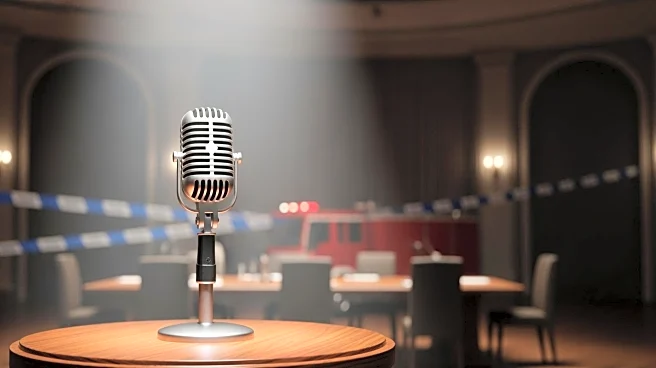What's Happening?
Shakira has voiced her support for Bad Bunny's upcoming Super Bowl Halftime Show performance, scheduled for February 8, 2026, at Levi's Stadium in Santa Clara, California. Despite efforts to replace Bad Bunny with another artist, Shakira praised him for representing
Latin culture and the growing acceptance of Spanish-language music. The decision to feature Bad Bunny has faced criticism from conservative figures, including President Trump, who called the choice 'crazy' and 'ridiculous.' A petition on Change.org seeks to replace Bad Bunny with George Strait.
Why It's Important?
The inclusion of Bad Bunny in the Super Bowl Halftime Show marks a significant moment for Latin music and cultural representation in mainstream American entertainment. Shakira's support highlights the importance of diversity and the global influence of Spanish-language music. The backlash from conservative groups underscores ongoing cultural tensions and debates about representation in major American events. The controversy may impact future decisions regarding performer selection and cultural inclusivity in entertainment.
What's Next?
As the Super Bowl approaches, discussions around cultural representation and performer selection are likely to continue. The petition to replace Bad Bunny reflects a segment of the population's desire for more traditional American representation. The alternative halftime show by Turning Point USA could further polarize opinions. The outcome of these debates may influence future entertainment industry practices and the approach to cultural diversity in major events.
Beyond the Headlines
The controversy surrounding Bad Bunny's performance raises questions about the role of cultural representation in American entertainment. It highlights the challenges faced by artists from diverse backgrounds in gaining acceptance in mainstream media. The debate also touches on broader issues of identity and belonging, as Puerto Rico's status as a U.S. territory complicates perceptions of 'American' culture. This situation may prompt further discussions about inclusivity and the evolving landscape of cultural representation in the U.S.
